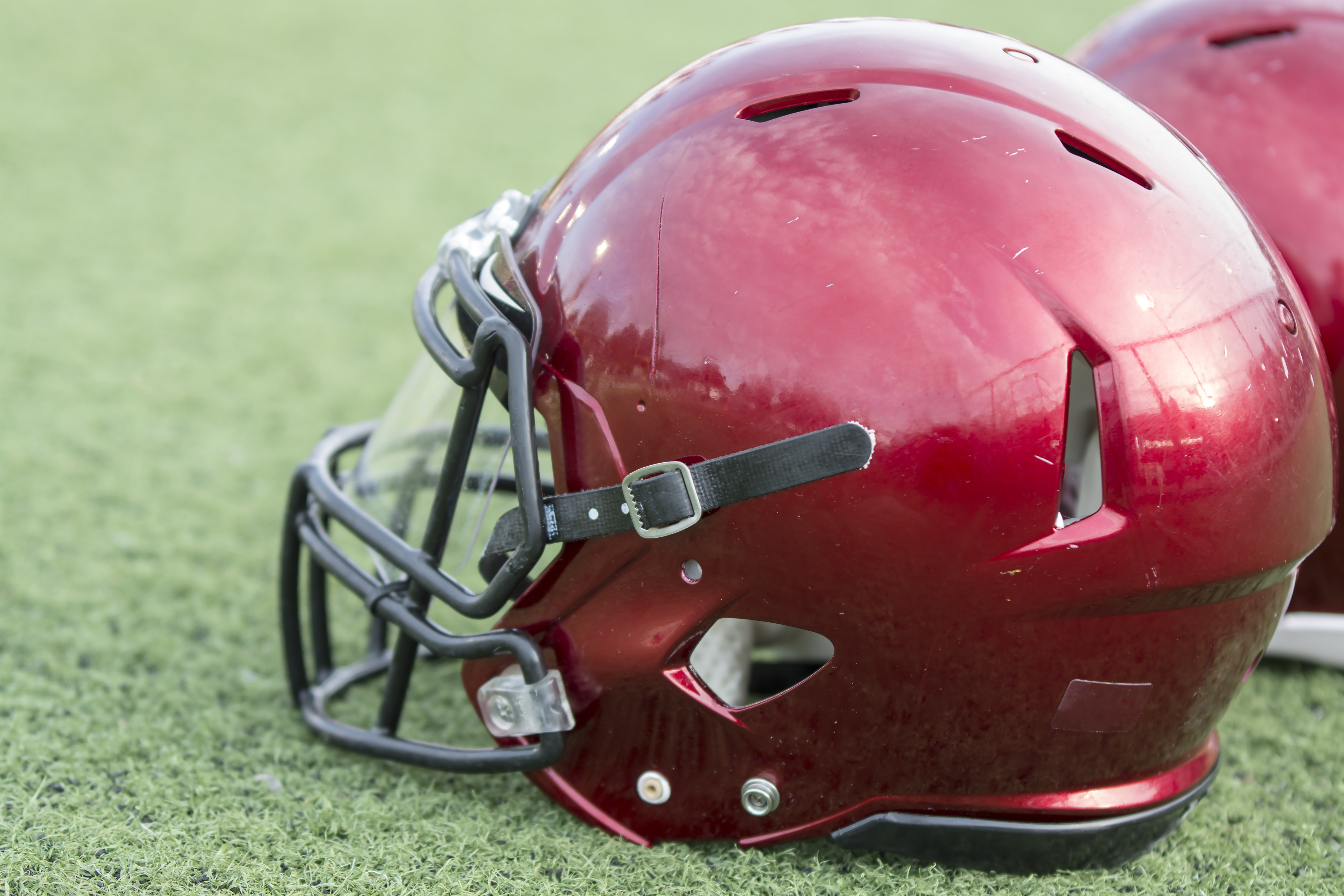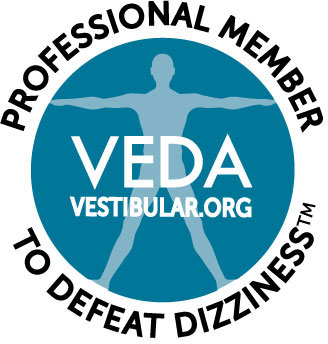Football season is gearing up again, which means student-athletes, coaches and parents must be hypervigilant about safety when it comes to preventing head injuries. Many people don’t realize that you don’t have to be knocked unconscious from a blow to the head in order to sustain a concussion. A seemingly mild incident can still cause a concussion and even lead to long-term repercussions such as post-concussive syndrome. Here are five crucial safety measures all student-athletes engaged in contact sports should take to reduce the risk of concussion.

1. Only Use Safety Equipment Bearing the NOCSAE Seal
The National Operating Committee on Standards for Athletic Equipment (NOCSAE) is the gold standard of safety in sports. Equipment such as helmets and shin guards that carry the NOCSAE seal have met the rigorous safety standards set by this organization. While a helmet with the NOCSAE seal does not prevent concussions, it provides a higher level of protection than equipment that has not met these standards.
2. Ensure the Helmet Fits Properly
All athletes should have precise head measurements taken before being fitted for a helmet. A helmet that doesn’t fit correctly won’t offer proper protection. Never alter the helmet with homemade reinforcements (like extra padding), as this can undermine the helmet’s protection.
3. Recondition Your Helmet Periodically
Your helmet endures significant wear and tear throughout the season. Keep your helmet in top condition by bringing it to an NOCSAE-certified reconditioner every two years. Without this maintenance, your helmet may not be safe to wear.
4. Get Rid of Your Old Helmet
If your helmet is more than 10 years old, it cannot be safely reconditioned and needs to be thrown out. Wearing an old helmet puts you at serious risk when engaging in contact sports.
5. Know That Concussions Can Be Caused by Seemingly Minor Incidents
This is one of the most important things for student-athletes and their parents to understand: it doesn’t take a massive blow to the head to cause a concussion. In fact, the head doesn’t even necessarily have to be hit. A common cause of concussion is a hit to the body that causes the head to jerk back very quickly.
6. Know the Signs of a Concussion
Because the event that causes the concussion isn’t always obvious, it’s extremely important for athletes, coaches, and parents to be able to identify signs of a concussion. Headaches and dizziness, confusion, fatigue, nausea and memory loss surrounding the event are some common symptoms.
7. Take a Break From Playing
The worst thing for a person who recently had a concussion is to get another concussion. If a second concussion is sustained before the first one completely heals, serious and even permanent damage can occur. If you do have a concussion, it’s important to be honest about your symptoms and take a break from the sport until your doctor clears you to return to the field.
The Neuro Visual Center of New York offers expert treatment for post-concussive syndrome and related conditions. Call us today at (516) 224-4888 to schedule an appointment.





